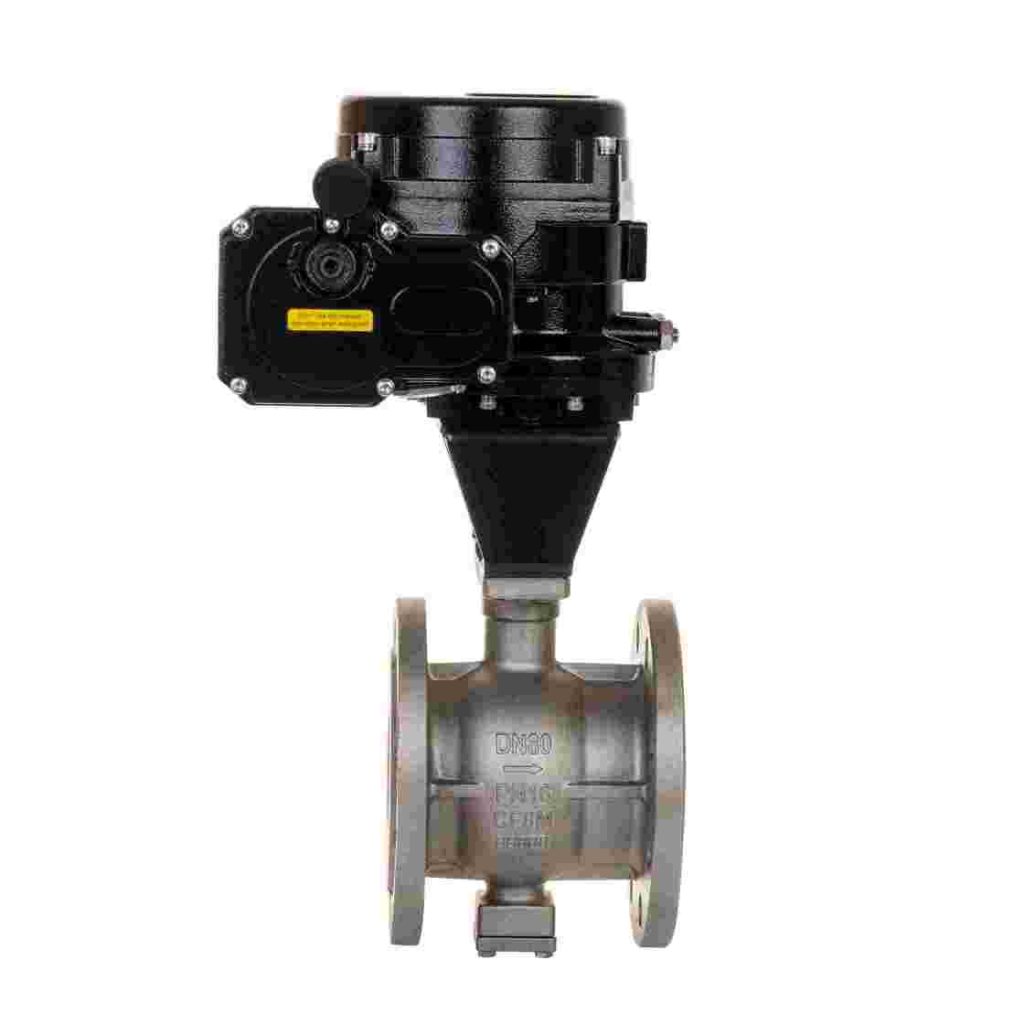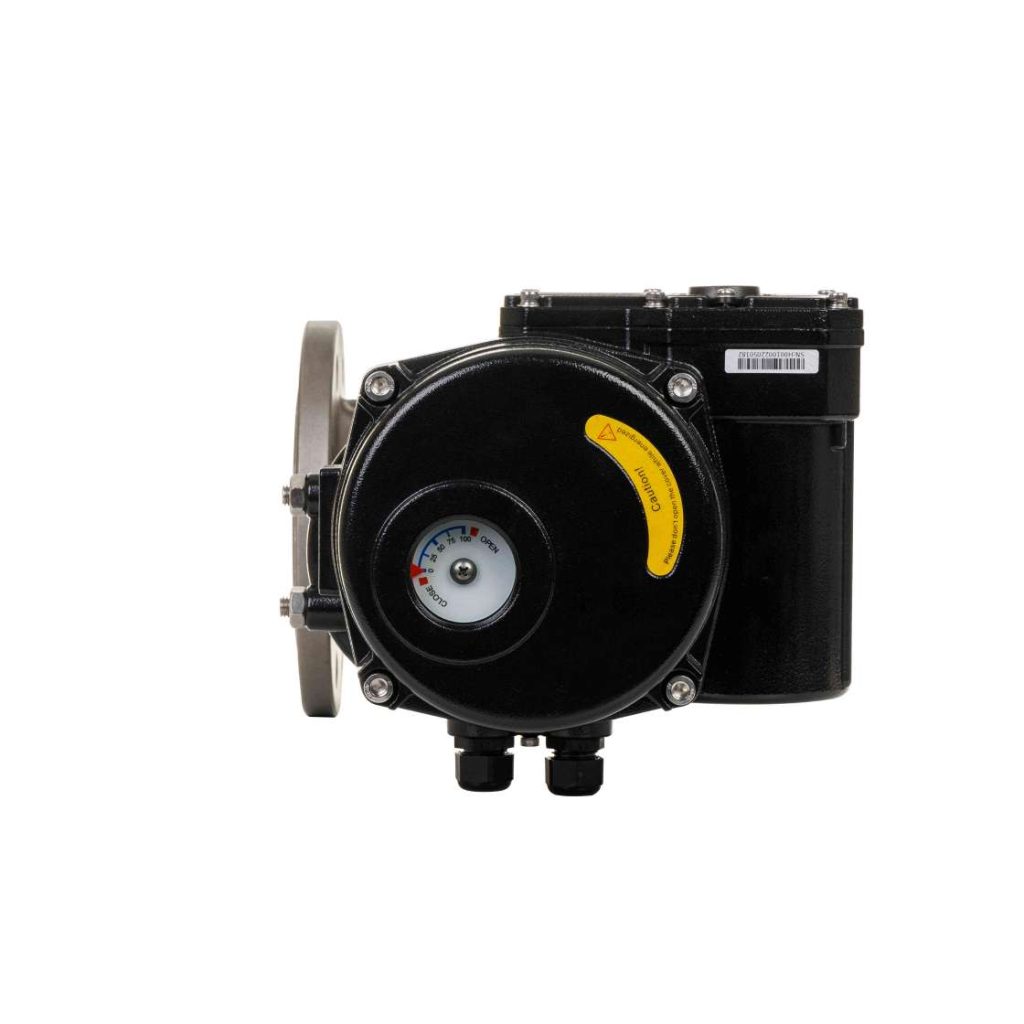A power off reset valve is a crucial component in modern hydraulic and pneumatic systems, designed to ensure the safety and reliability of equipment. This type of valve automatically resets to a specific position when the system power is turned off, preventing uncontrolled movement of machinery and providing operational stability. In this article, we will delve into the working principle, advantages, applications, and key considerations when utilizing a power off reset valve.

What is a Power Off Reset Valve?

A power off reset valve is an automatic device used in hydraulic or pneumatic circuits that resets itself to a default position when the electrical power supply is interrupted. This self-resetting function typically helps in preventing accidents, protecting equipment, and maintaining system integrity. The power off reset valve is designed to return to a safe or predetermined position without requiring manual intervention, ensuring that when power is restored, the system operates safely and as intended. Working Principle The principle behind a power off reset valve is based on a mechanical or electrical reset mechanism. Most commonly, these valves feature a spring-loaded system that holds the valve in a default position when power is off. When power is supplied again, the valve automatically resets to its working position, either allowing or blocking fluid flow as needed. In some designs, the valve may include a fail-safe mode, where the valve’s position is locked to prevent any unwanted movement, especially in critical systems where failure could result in catastrophic damage or safety risks.

Leave a Reply